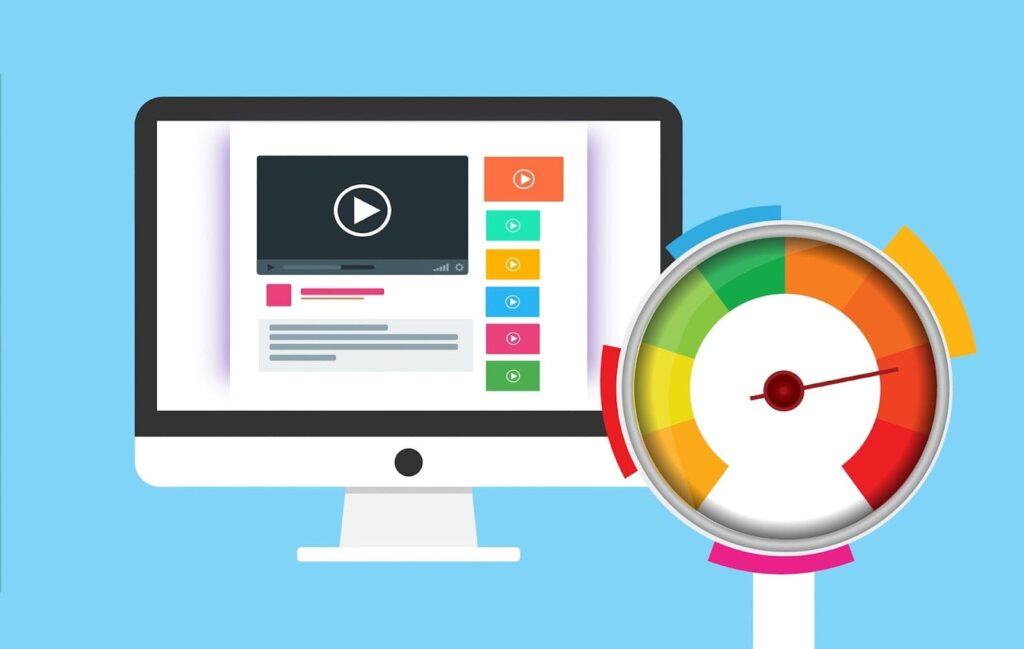
Unraveling 5 Popular Misconceptions About Traditional WordPress and Headless WordPress
The digital marketing landscape is perpetually shifting, necessitating your website’s ability to adapt accordingly. The introduction of Google’s Core Web Vitals, where UX officially became a ranking factor, saw many WordPress users struggling to optimize their websites sufficiently.
Those who aim for improved search engine visibility must now prioritize their website’s performance and user experience. Coupled with other known WordPress challenges, users are left pondering:
Should they stick with the conventional WordPress system or is the time ripe for a change?
If change is indeed necessary, what could effectively supplant a WordPress-based website? One frequently recommended alternative for WordPress owners is the headless CMS based on WordPress. Renowned for its speed, flexibility, and versatility, headless solutions are often deemed superior to WordPress.
While this is sometimes the case, the reality is far more nuanced. Your specific needs greatly influence the choice, but we hope this article will guide you towards the correct decision.
Headless CMS vs Traditional CMS
Before delving deeper, it’s important to understand what a headless CMS is and isn’t. Also referred to as Headless WordPress, this CMS type gained popularity with the advent of React. With headless, the CMS can function as a universal content management system, while any other technology can be used to build the front-end (React and Angular being top choices).
You then use an API to link these two components. WordPress has a robust REST (representational state transfer) API that returns data in JSON format, compatible with numerous web technologies. JSON, in simple terms, is a text-based depiction of JavaScript objects that store data as neatly arranged key-value pairs.
If all this sounds complicated, don’t fret – the key takeaway is that headless enables you to construct any type of website and manage it in WordPress through an API. Many WordPress users consider this option as it doesn’t require data migration.
All that’s required is a new front-end that directs to the correct routes on their existing website. This method has its benefits but also some drawbacks worth considering.
5 Popular Misconceptions About Traditional WordPress and Headless WordPress
Misconception #1: Headless Solutions Are Economical and Simple to Develop

In the comparison of a headless CMS vs a traditional CMS, the cost of constructing a website’s front-end from the ground up is often overlooked. A seasoned web developer might charge $50 per hour or more, and even with full-time work, the website development might take weeks or even months. Clearly, it’s neither “inexpensive” nor “simple”.
The headless approach provides the flexibility to create as you wish and only incorporate those features that are truly necessary. However, this flexibility comes at a price. Consider any future additional features or requests – with WordPress, you could simply install a plugin or find an online code snippet. With a headless system, you’ll need to consult a professional web developer each time you want to modify or add something.
If you’re an advanced WordPress user, you may already know some PHP or have an in-house PHP developer. If you opt for a headless system, you may require someone proficient in JavaScript and APIs, which is an entirely different skill set.
Misconception #2: Headless CMS Generally Performs Better

While it’s true that headless WordPress solutions are quicker and lighter, it doesn’t imply that your WordPress website can’t achieve Core Web Vitals’ green zone. The advantage of a headless CMS is that it removes the need for unnecessary files and unused features.
However, consider the amount of time and money required to develop and maintain a headless solution before making the switch. Most often, it’s simply not worth the effort. Almost any WordPress site can reach the green zone with the right hosting, CDN, optimized images, and a potent optimization plugin like WP rocket.
Misconception #3: WordPress Websites Aren’t as Secure as Headless CMS

A headless CMS is an API-based website without a database, eliminating database vulnerabilities and potential hacker entry points. This alone makes a headless CMS a secure option, but is it always more secure than a standard WordPress website? Not necessarily.
A hacker can still access the service endpoints that deliver content if they’re not adequately secured. Ultimately, it all hinges on the setup. You can always enhance the security of a regular WordPress website by using advanced security plugins and concealing sensitive information.
Misconception #4: Headless CMS is More Economical

Contrary to popular belief, a traditional CMS typically requires less time and money to establish. It’s an optimal choice if you have a skilled PHP team or if you are proficient in WordPress yourself. If your requirements only extend to a single independent website that doesn’t need to connect with other external resources, WordPress with its inherent features is actually the more economical option.
However, if you’ve already established one or several websites on a modern tech stack that needs integration with a new site, opting for a headless CMS can be more economical in the long term. You don’t need to start from scratch – most contemporary services come with a REST API which can be used to enhance your headless CMS’s functionality. If this website is one among many, then a headless approach can greatly simplify the development process.
Misconception #5: Headless Offers a Superior User Experience

A headless CMS can enhance user experience as it gives you total control over where and how your content is displayed. With a headless website, there’s no need to hide or modify default WordPress pages and features; you simply design your own.
However, a basic WordPress site can also be user-friendly. Indeed, with the right tools and plugins, enhancing user experience on any WordPress-based site isn’t difficult.
Final Reflections
In conclusion, the headless CMS approach presents a fascinating shift from traditional WordPress, offering enhanced flexibility, potential performance boosts, and perceived security advantages.
However, it is crucial to consider the total costs of development, the need for specific skills for implementation and maintenance, and the fact that traditional WordPress has proven solutions for performance and security.
A headless CMS could be a beneficial option for integrating with an already existing modern tech stack, but for single, standalone websites, WordPress remains a cost-effective and robust choice. Moreover, user experience, whether with a headless CMS or WordPress, largely depends on the correct use of available tools and plugins.
Navigating the evolving landscape of content management systems calls for a constant reassessment of available options and strategies.